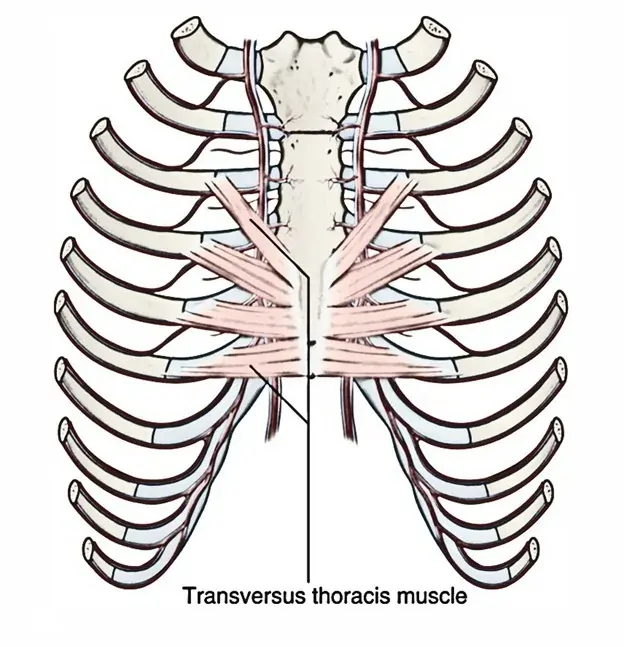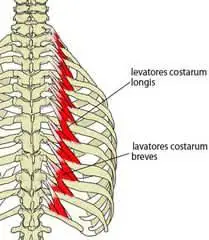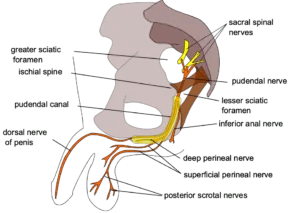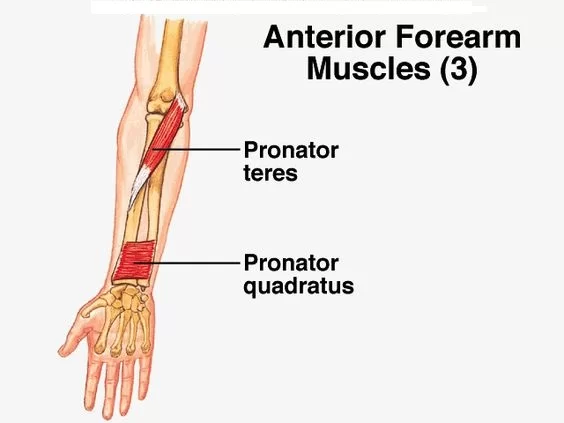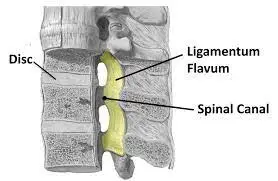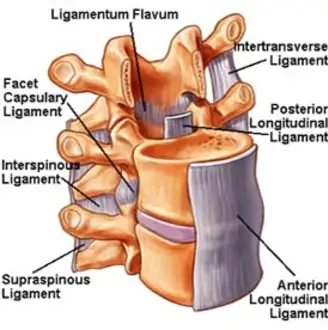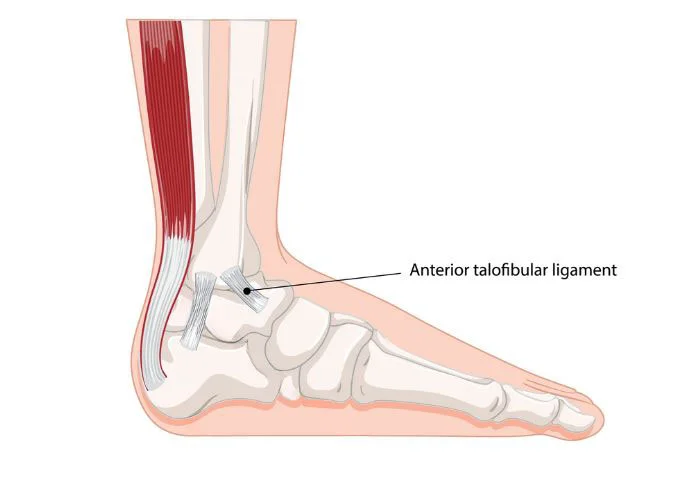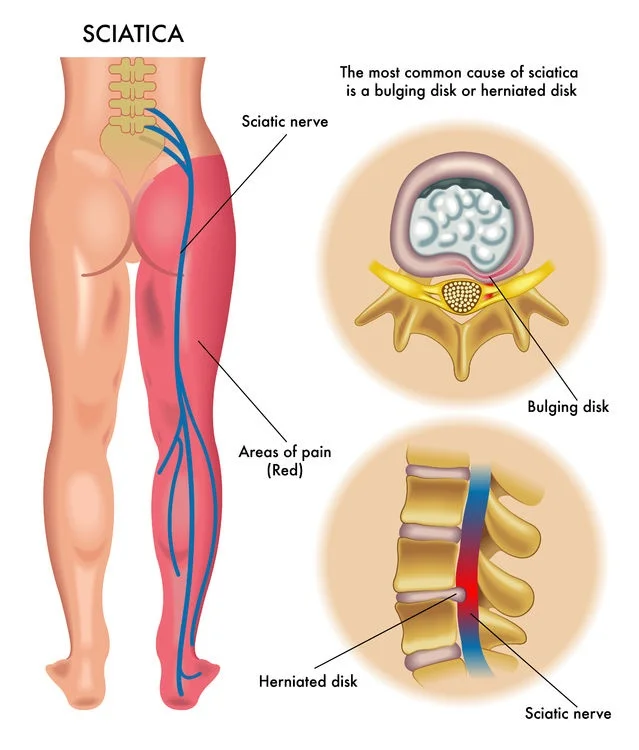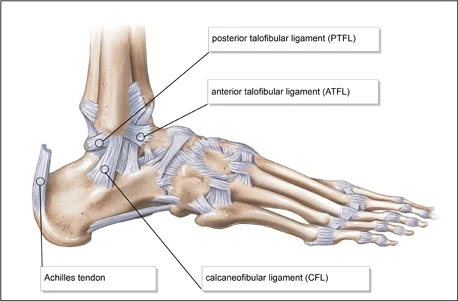Transversus Thoracis Muscle
Introduction The transversus thoracis is a thin, flat muscle on the inner surface of the front chest wall. It extends from the lower sternum and xiphoid process to the inner surfaces of ribs 2–6. Its main function is to assist in forced expiration by helping to depress the ribs, thereby reducing the volume of the…

